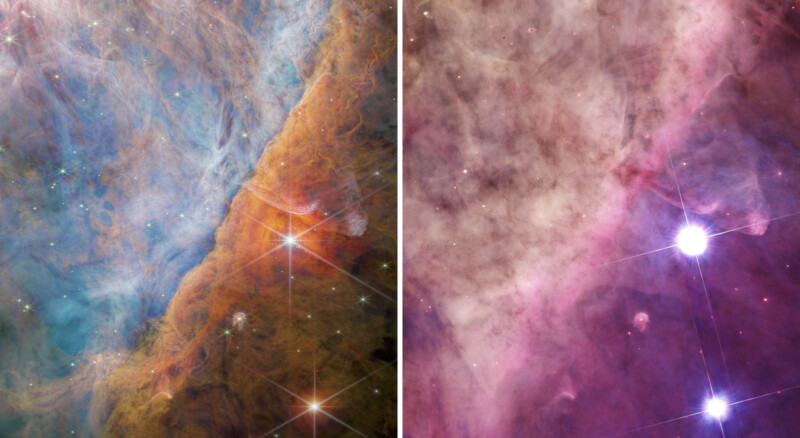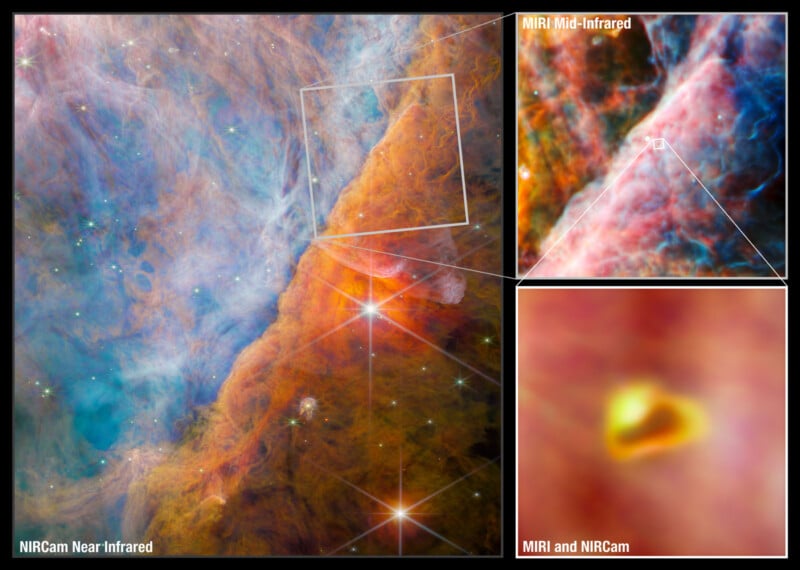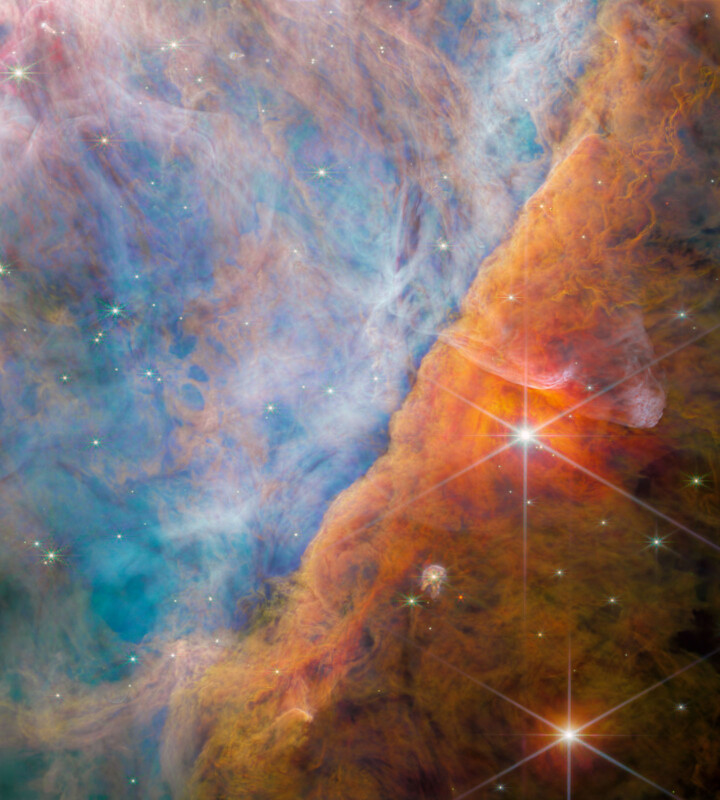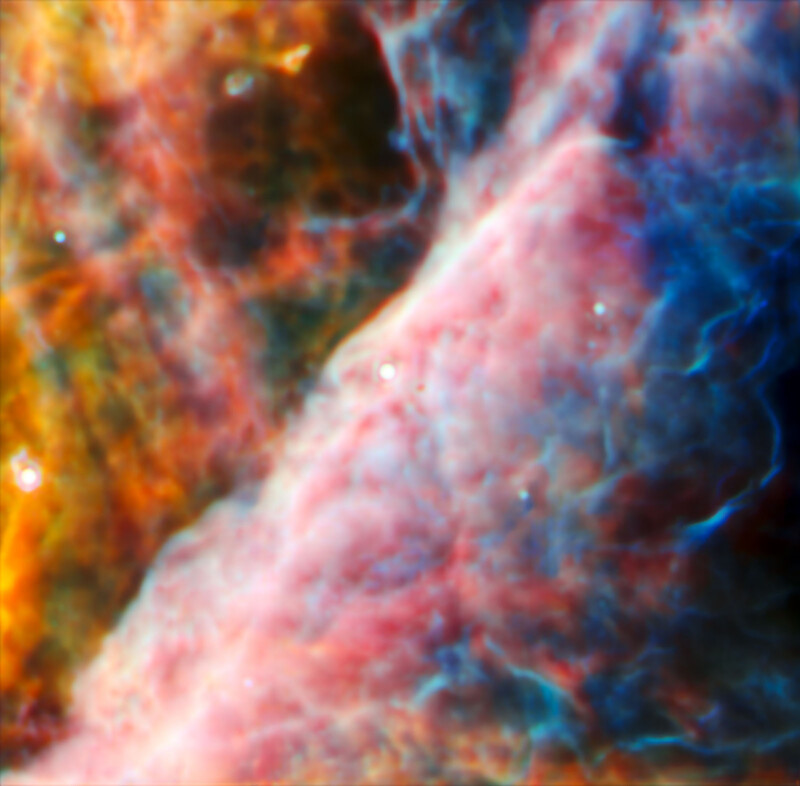Webb Spots Crucial Carbon Molecule in Space for the First Time
![]()
An international team of scientists has used the James Webb Space Telescope’s incredible imaging instruments to detect a new carbon compound in space for the first time. The compound, known as methyl cation (CH3+), is a vital molecule for more complex carbon-based molecules.
Methyl cation was found in a young star system with a protoplanetary disk known as d203-506. The system is located about 1,350 light-years from Earth in the Orion Nebula, a popular target for telescopes such as Webb and Hubble.

“Carbon compounds form the foundations of all known life, and as such are particularly interesting to scientists working to understand both how life developed on Earth, and how it could potentially develop elsewhere in our universe. The study of interstellar organic (carbon-containing) chemistry, which Webb is opening in new ways, is an area of keen fascination to many astronomers,” explains the Webb Space Telescope team in a press release.

CH3+ is believed to be a critical molecule because it reacts with many other molecules. Webb’s team describes it as a “train station,” a location where a molecule can remain for some period before going “in one of many different directions to react with other molecules.” As a result of this property, scientists believe that CH3+ is a “cornerstone of interstellar organic chemistry.”
Webb’s capabilities made it “the ideal observatory” for scientists to search for methyl cation. Webb’s sensitivity and resolution contributed to the team’s success in finding the molecule.
“This detection not only validates the incredible sensitivity of Webb but also confirms the postulated central importance of CH3+ in interstellar chemistry,” says Marie-Aline Martin-Drumel of the University of Paris-Saclay in France, a member of the science team.
The observed star in d203-506 is a small red dwarf, but the system is “bombarded by strong ultraviolet (UV) light from nearby hot, young, massive stars. Scientists believe that most planet-forming disks go through a period of such intense UV radiation, since stars tend to form in groups that often include massive, UV-producing stars,” says the Webb team.

“Within this image lies a young star system known as d203-506, which has a protoplanetary disk. Astronomers used Webb to detect a carbon molecule known as methyl cation in that disk for the first time. That molecule is important because it aids the formation of more complex carbon-based molecules,” explains NASA. | Image credit: ESA/Webb, NASA, CSA, M. Zamani (ESA/Webb), PDRs4ALL ERS Team
“This clearly shows that ultraviolet radiation can completely change the chemistry of a protoplanetary disk. It might actually play a critical role in the early chemical stages of the origins of life,” elaborates Olivier Berné of the French National Centre for Scientific Research in Toulouse, lead author of the study, which has been published in the journal Nature.
“While we have hypothesized for some time methyl cation existed in the universe, it was purely theoretical until now,” says Western University astrophysicist Els Peeters in a statement. “And we can only now prove its existence thanks to the awesome capabilities of the James Webb telescope. This is a remarkable discovery.”

“The team looked in vain through catalogs and databases of molecular spectra to find a match, but the mystery species had apparently not been properly measured in the lab yet at this wavelength. I realized we could use Webb’s exquisite data to characterize the molecule and that’s how we zoomed in on CH3+,” adds Jan Cami, another astrophysicist from Western. Cami made the first simulation of how CH3+ would appear through Webb’s Optical Telescope Element, and the real-world observations very closely matched Cami’s simulation.
Image credits: ESA/Webb, NASA, CSA, M. Zamani (ESA/Webb), PDRs4ALL ERS Team